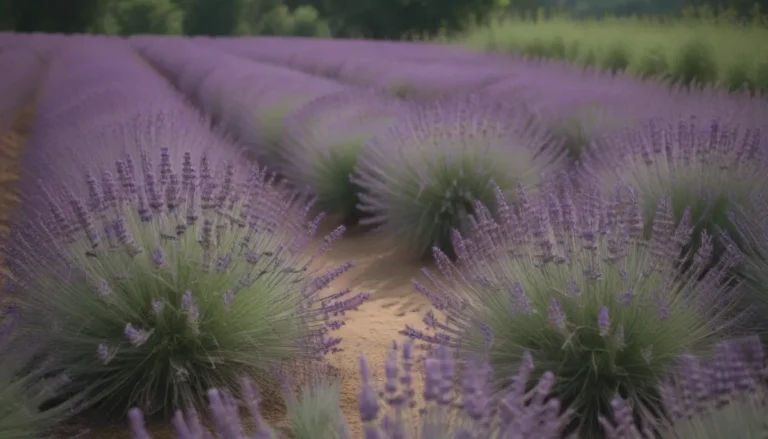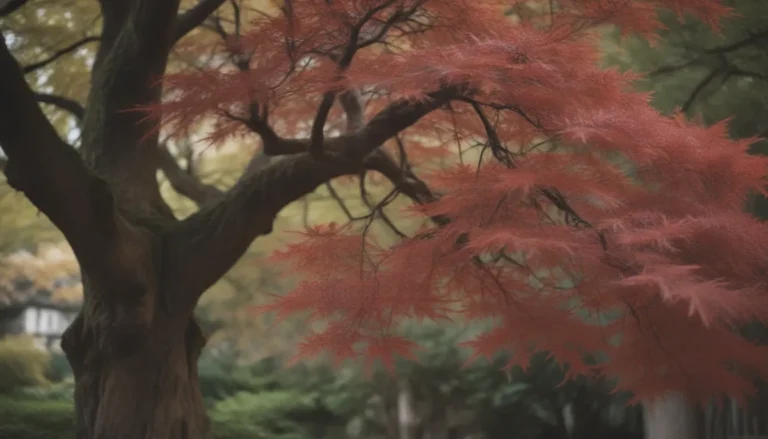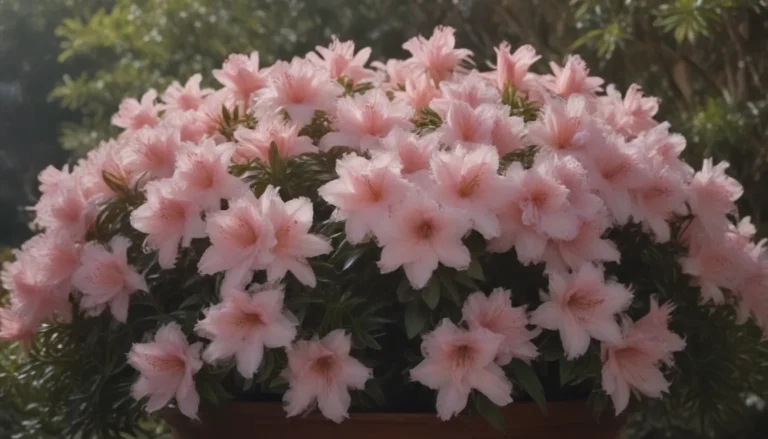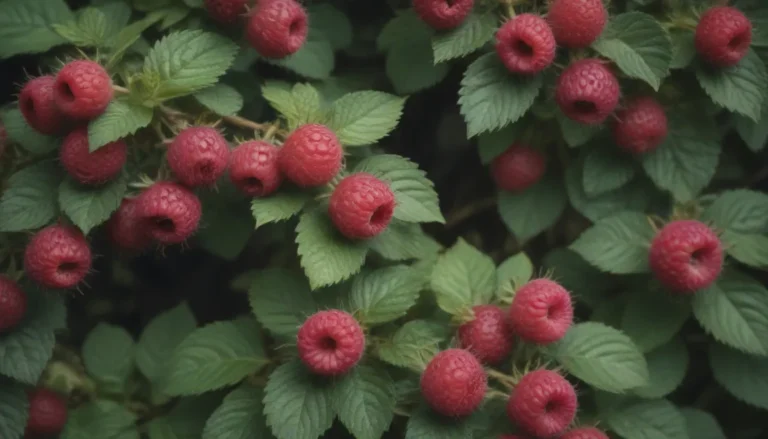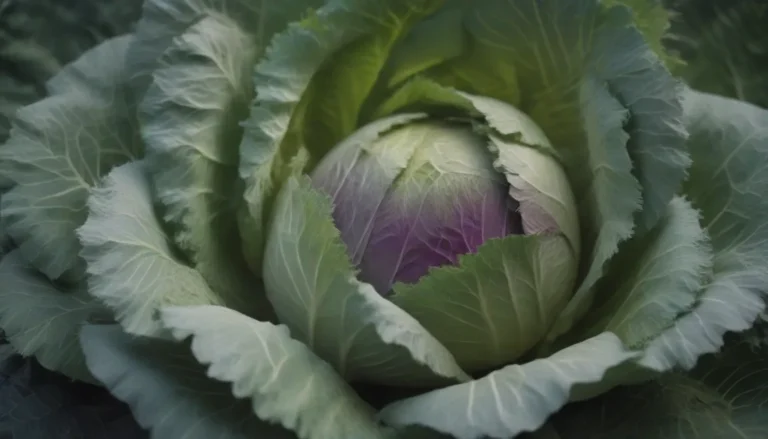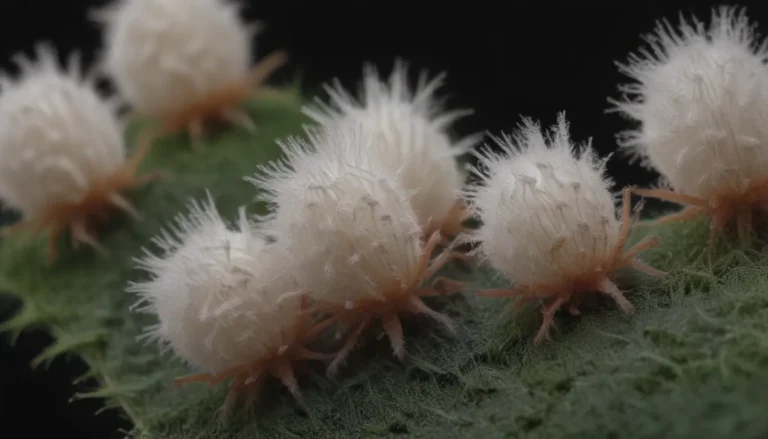How to Grow and Care for Dutchman’s Breeches: An In-depth Guide

If you’re a fan of unique, native North American plants that add a touch of charm to your garden, Dutchman’s breeches might be the perfect addition. These spring ephemerals are known for their delicate, fern-like foliage and distinctive white flowers that resemble a pair of old-fashioned Dutch pants hanging on a clothesline. In this in-depth guide, we’ll walk you through everything you need to know to successfully grow and care for Dutchman’s breeches in your own garden.
The Beauty of Dutchman’s Breeches
Dutchman’s breeches belong to theDicentra genus, and they are a part of the poppy family, Papaveraceae. With their unique V-shaped flowers and feather-like foliage, these plants can add a touch of whimsy to any shaded garden corner. Here are some key points to know about Dutchman’s breeches:
- Native North American spring ephemeral
- Feathery foliage that disappears after about two weeks
- Blooms from midseason with a spray of unique white flowers
- Thrives in shaded woodland areas
- Toxic to humans and cattle
Name Origin and Folklore
The name “Dutchman’s breeches” comes from the shape of the plant’s flowers, which resemble upside-down pants. The botanical nameDicentra means two-spurred, whilecucullariarefers to a hood. According to folklore, Dutchman’s breeches were historically used by Native Americans and pioneers to treat various ailments. It’s worth noting that all parts of the plant are toxic if ingested.
Dutchman’s Breeches Care Tips
When it comes to caring for Dutchman’s breeches, there are a few key factors to keep in mind to ensure the plant thrives in your garden.
Light:
- Plant in a shady spot with partial to full shade
- Ideal for gardens with mature trees or shaded areas
Soil:
- Moist, rich organic matter with good drainage
- Thrives in acidic soil but can adapt to neutral pH levels
Water:
- Average water needs; about 1 cup every 10 to 14 days
- Keep soil moist but not soggy during dormancy
- Moisture is crucial leading up to bloom season
Temperature and Humidity:
- Suitable for USDA hardiness zones
- Requires a cold period to germinate for the following spring
Fertilizer:
- Plant in nutrient-dense soil or amend with organic matter if needed
- Regular watering and good soil conditions are crucial for growth
How to Propagate Dutchman’s Breeches
Would you like to expand your Dutchman’s breeches collection or share them with fellow gardeners? Here are two primary methods for propagating Dutchman’s breeches:
From Division:
- Divide the plant in the fall when dormant
- Transplant carefully to ensure continued success
From Seed:
- Stratify seeds for at least six weeks before planting
- Germination can take one to three months
- Transplant seedlings after the last frost
Common Pests and Diseases
Dutchman’s breeches are generally low-maintenance but can be susceptible to certain pests and diseases. Here are some common issues to watch out for and how to address them:
- Powdery Residue on Foliage: Treat with neem oil or sulfur-containing fungicide
- Blackening Foliage: Prune infected areas and apply fungicide at the root
- Forgetting Where It’s Planted: Use markers to avoid disturbing corms during planting
Differences Between Dutchman’s Breeches and Bleeding Hearts
If you’re also a fan of bleeding hearts, you might be curious about the differences between these two unique plants. Here’s a quick comparison:
- Dutchman’s Breeches:
- Native to North America
- Resembles white upside-down pants
-
Shorter size (6-12 in. tall, 6-12 in. wide)
-
Bleeding Hearts:
- Native to Asia
- Deep pink heart-shaped flowers
- Taller size (1-3 ft. tall, 2-3 ft. wide)
Conclusion
Dutchman’s breeches can be a delightful addition to any shaded garden space, offering a touch of charm and unique beauty with their distinctive flowers and feathery foliage. By following the care tips outlined in this guide and understanding how to propagate and address common issues, you can enjoy the beauty of Dutchman’s breeches in your own garden for years to come. Happy gardening!
